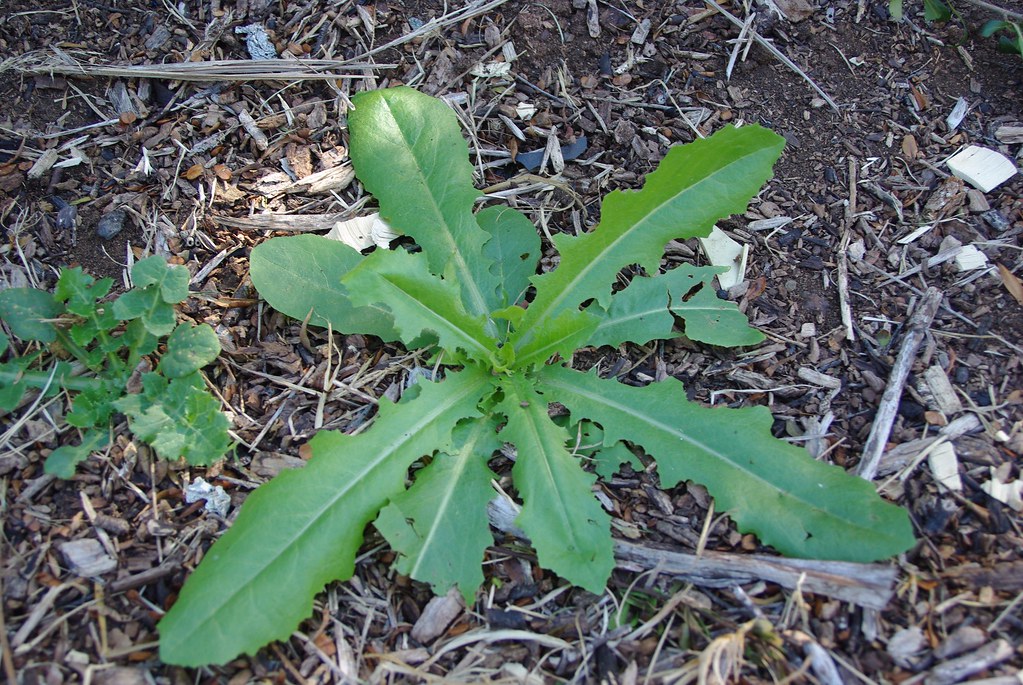Botanical Description:
Scientific Name: Ligusticum porteri
Common Names: Osha, Porter’s Lovage, Bear Root
Description:
Osha Root, scientifically known as Ligusticum porteri, is a perennial herb native to the Rocky Mountains of North America. Recognized for its traditional uses among indigenous communities, Osha Root holds significance for its potential therapeutic properties. This Materia Medica explores the traditional uses, constituents, and applications of Osha Root.
Disclaimer:
This Materia Medica is provided for informational purposes only and should not replace professional medical advice. Please consult with a qualified healthcare practitioner or herbalist before using any herbal remedies.
Therapeutic Actions:
- Respiratory Support:
- Osha Root is known for its respiratory benefits, potentially aiding in the relief of coughs, congestion, and respiratory infections.
- Immune Modulation:
- Exhibits immune-modulating properties, contributing to its role in supporting overall immune health.
- Anti-Inflammatory:
- Osha Root has anti-inflammatory effects, potentially assisting in managing inflammatory conditions.
- Antimicrobial:
- Known for its antimicrobial properties, Osha Root may help combat infections.
Constituents:
- Ligustilide:
- Osha Root contains ligustilide, a compound with potential therapeutic effects.
- Camphor:
- Camphor is present in Osha Root and may contribute to its respiratory benefits.
- Volatile Oils:
- Volatile oils found in Osha Root add to its medicinal properties.
Traditional Uses:
- Respiratory Health:
- Osha Root is traditionally used for respiratory support, addressing conditions like colds, flu, and bronchitis.
- Ceremonial Use:
- Among indigenous communities, Osha Root holds ceremonial and spiritual significance.
- Digestive Aid:
- Osha Root may offer digestive support, aiding in issues such as indigestion.
- Wound Healing:
- Topically, Osha Root has been used for wound healing and as a poultice.
Dosage and Preparation:
- Osha Root Tincture:
- Tinctures can be prepared using Osha Root and alcohol. Dosage may vary, and professional guidance is advisable.
- Osha Root Tea:
- Infusions or decoctions can be made from dried Osha Root. Dosage should be in accordance with recommended guidelines.
- Topical Applications:
- Osha Root salves or poultices can be applied topically for wound healing. Dilution is recommended.
Cautions and Considerations:
- Pregnancy and Breastfeeding:
- Safety during pregnancy and breastfeeding is not well-established. Consultation with a healthcare professional is advisable.
- Allergies:
- Individuals with allergies to plants in the Apiaceae family should exercise caution.
- Medical Conditions:
- Individuals with certain medical conditions should consult with healthcare professionals before using Osha Root.
Conclusion:
Osha Root, a valued herb among indigenous communities, offers respiratory and immune support, making it a significant component of traditional herbal medicine. From its anti-inflammatory and antimicrobial properties to its ceremonial use, Osha Root holds diverse applications. Whether used in tinctures, teas, or topical applications, Osha Root provides versatile options for those seeking natural remedies. Precautions are necessary, especially during specific life stages or for individuals with sensitivities. This Exhaustive Materia Medica aims to provide comprehensive insights into Osha Root’s botanical description, therapeutic actions, constituents, traditional uses, dosage, precautions, and applications. For personalized guidance, consultation with healthcare professionals or herbalists is recommended to ensure safe and effective utilization of Osha Root as a herbal remedy.





